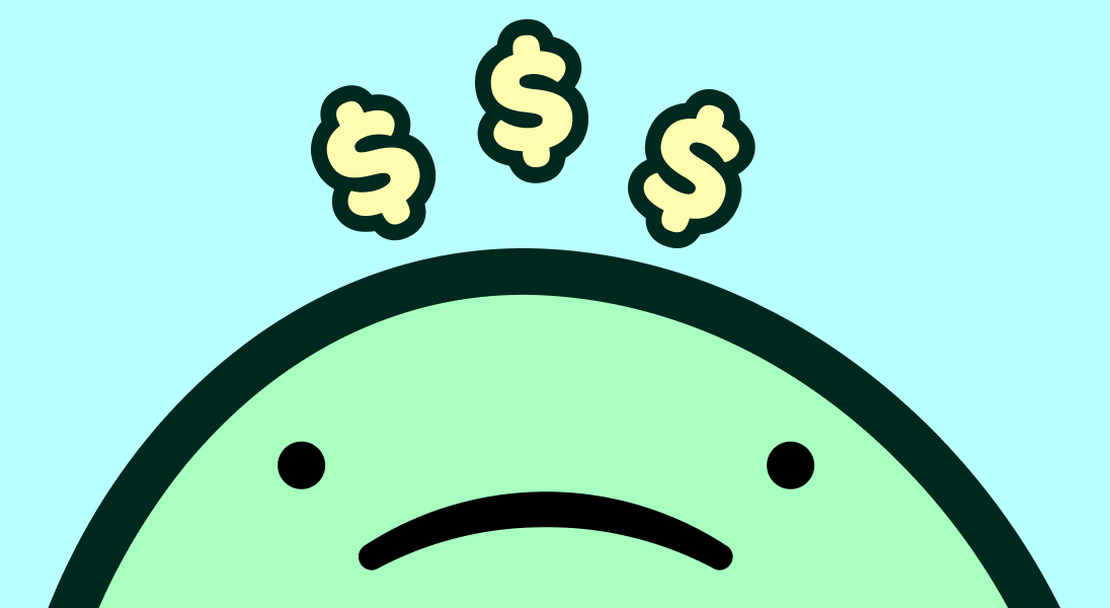
The Rise of Fast Fashion: Why We're Buying More Clothes Than Ever
-
Beatriz Macuco
- February 16, 2025
Table of Contents
Today, the average person buys 53 new items of clothing each year. The most shocking part? That number is four times higher than in 2000 . But have our needs really changed that much in the past two decades? Not really. What has changed is how we shop—a shift driven largely by the fashion industry itself.
Fashion is one of the world’s largest industries, and clothing manufacturers are producing more garments than ever. To keep up, they need to sell them fast. The fast fashion industry, in particular, thrives on high volume, low costs, and rapid turnover. By producing in massive quantities, brands lower production costs through economies of scale, making each item cheaper. But this system only works if consumers keep buying.
How Fast Fashion Encourages Overconsumption
To ensure that happens, fashion brands have adopted strategies designed to maximize consumption:
-
Frequent Product Releases and Micro-Trends – New styles drop weekly or even daily, making clothes feel outdated almost as soon as they hit the shelves.
-
FOMO Marketing Tactics – Limited-time collections and exclusive collaborations create urgency, making people feel they have to buy now.
-
Constant Discounts and Flash Sales – While discounts seem like a great deal, they often push consumers to buy things they don’t actually need.
These tactics make it incredibly difficult to resist buying more, even when we already have a full wardrobe.
The Environmental and Social Impact of Fast Fashion
This overproduction and overconsumption aren’t just bad for our wallets. They’re an environmental disaster.
-
Fashion Waste and Landfills – Every year, between 80 billion and 150 billion garments are produced, but up to 40% are never sold . Many of these unworn clothes end up in landfills, often made from synthetic fibers that take centuries to decompose.
-
The Water Crisis and Clothing Production – Producing just one cotton T-shirt requires 2,700 liters of water —enough for a person to drink for 2.5 years.
-
Fashion Pollution – The fashion industry is the second-largest industrial polluter , responsible for 10% of global pollution—more than air travel. Its full lifecycle, from production to landfill, emits 1.2 billion tonnes of carbon annually.
How to Reduce Clothing Waste and Make Sustainable Fashion Choices
While fast fashion brands will keep pushing us to buy more, we can take steps to resist the cycle:
-
Pause Before You Buy – Ask yourself: Do I really need this? Will I wear it often? Keeping wishlists can help with this process.
-
Invest in High-Quality Clothing – Higher-quality pieces last longer, reducing the need to replace them frequently.
-
Ignore trends – The belief that it’s okay to wear an item only a few times has driven overconsumption, overproduction, and waste. Changing this mindset is crucial to reducing fashion’s waste.
-
Shop Secondhand and Thrift Stores – Online resale platforms, thrift shops, and clothing swaps can help reduce waste while still keeping your wardrobe fresh.
Fashion should be about self-expression, not endless consumption. By being more mindful about what we buy, we can help break the cycle of overconsumption—and create a more sustainable future for fashion.
Need help making more intentional shopping choices? Willow makes it easier to pause, reflect, and only buy what truly matters. Try it today!


